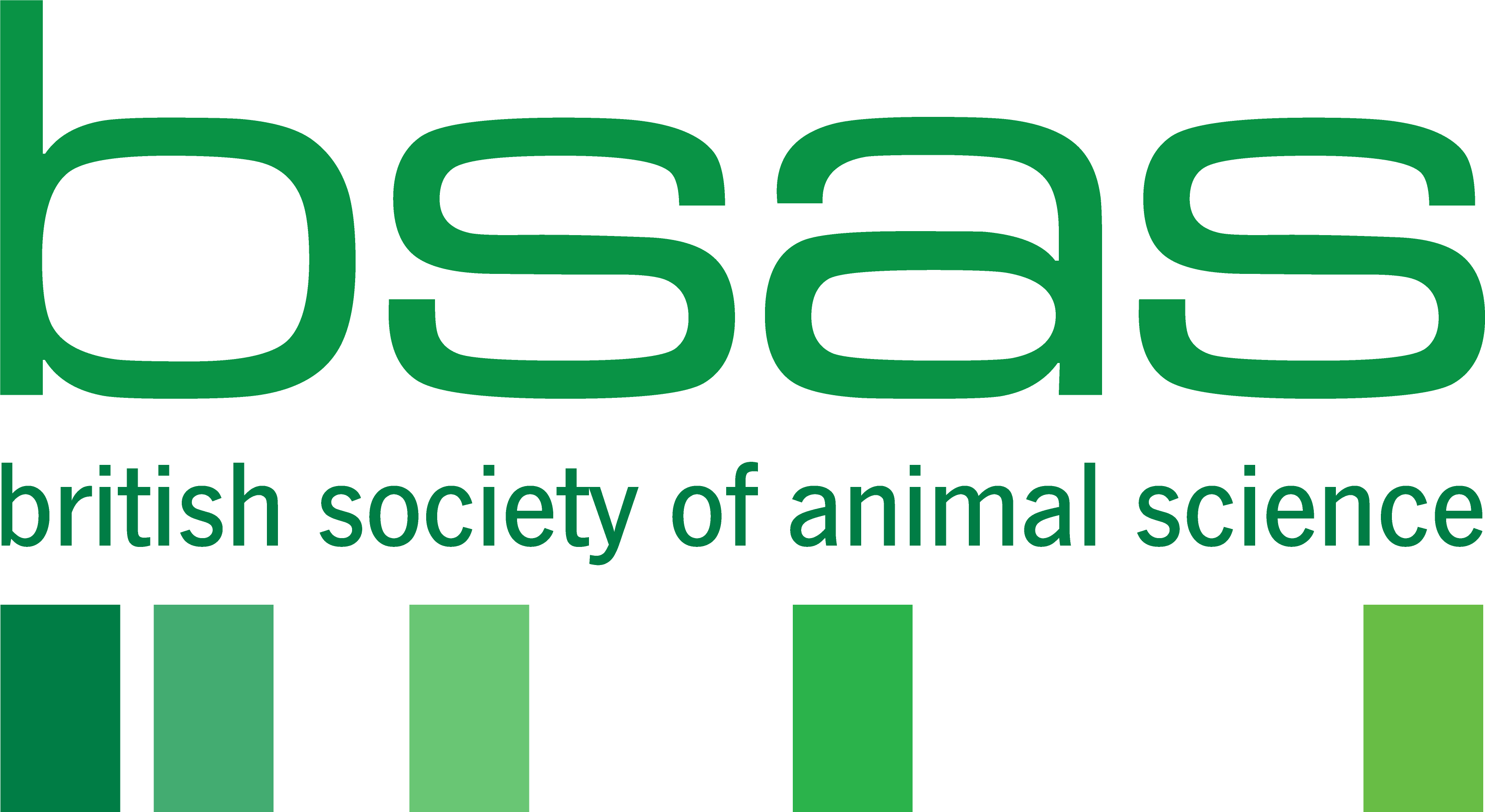Enteric methane emissions from ruminant livestock – what is it, and how do we reduce it?
Ruminant animals play a key role in supporting global society, converting human indigestible plant material into high quality meat and dairy products for human consumption. Within the animals ‘rumen’, the largest of four compartments within their highly adapted stomach, dwells a microbial ecosystem, known as the rumen microbiome, consisting of various bacteria, archaea, protozoa and fungi, all of which contribute different functions that allow the ruminant to extract and manufacture nutrients from plant matter. The rumen microbial community is highly differentiated and functions in an orchestrated manner, the outcomes of which are mainly beneficial to the overall nutritional status of the host animal.
One group of rumen microbes belonging to the kingdom archaea, known as methanogens, are, however, responsible for ruminant animals contributing ~30% of global methane emissions. Methane as a greenhouse gas (GHG) is 28 times more potent then carbon dioxide and is a major contributor to agricultures global GHG emissions. The production of methane, also known as methanogenesis, not only negatively affects the environment but is also an energy loss to the host animal, which ultimately directly impacts farm profitability.
To date, the addition of anti-methanogenic (methane suppressing) additives to the diet of ruminant animals, together with the identification and genetic selection of low methane emitting animals, are two of the most promising methane mitigation strategies available to the ruminant livestock sector. While differences amongst the feed additives exist in their antimethanogenic action, in general the most effective additives are those, which specifically target inactivation of the key microbial enzymes required for methanogenesis. Indeed, a number of commercially available feed additives, of varying efficacy are currently available in many countries, with more likely to become available in the coming years. As a result, use of such feed additives are considered as a short to medium term strategy to mitigate agricultural GHG emissions while genetic selection of low methane animals as part of a national breeding program, while cumulative in nature, is a longer term strategy.
On Monday, 27th November 2023, the BSAS Ruminant Methane Mitigation Conference will take place in Belfast. At this one-day conference, some of the world’s leading scientists working in methane mitigation research, will provide an extensive overview of all the most promising methane mitigation strategies for ruminant livestock which are either currently available or underdevelopment. This is a must attend, ‘one-stop-shop’ event for all stakeholders within the ruminant livestock sector! For more details on the upcoming conference, please visit here.
Authors: Prof David Kenny and Dr Paul Smith
Affiliation: Teagasc Animal & Bioscience Research Department
